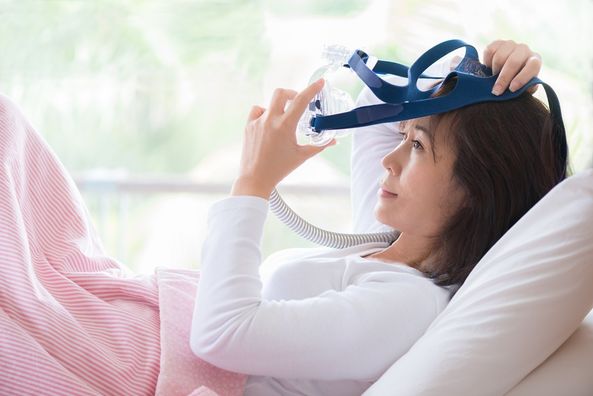What is GERD:
GERD is a common chronic digestive disorder that impacts approximately 81 million Americans, causing symptoms such as heartburn, gas, bloating, persistent throat clearing, chronic coughing, difficulty swallowing and a burning sensation in the mouth or throat.
During the normal digestive process, the esophagus (food pipe) carries food from the mouth to the stomach. A valve located between the esophagus and stomach called the gastroesophageal valve (GEV) is responsible for preventing stomach contents or acid from coming back into the esophagus. In patients with GERD, this valve malfunctions, allowing the stomach acid back into the esophagus and the buildup of acid begins to cause irritation in the lining of the esophagus. When symptoms occur twice a week or more, or begin to interfere with your daily life, it’s time to consult with your doctor.
Treatment Options- Non Surgical:
Historically, treatment options for GERD have been primarily focused around lifestyle or dietary changes and prescription medications. In more severe cases surgical intervention was sought.
Common diet and lifestyle changes include:
- Swapping traditional meals for more frequent “mini” meals
- Eating slower to avoid becoming overly full
- Avoiding or reducing consumption of common dietary triggers (alcohol, coffee, citrus fruits, onion, garlic, tomato and other spicy foods)
- Quitting smoking
- Not eating two to three hours prior to laying down
- Sleeping with the head slightly elevated
- Avoiding tight clothing or belts
When changes to diet and lifestyle aren’t enough, many patients turn to prescription medications to manage symptoms. GERD medications called Proton Pump Inhibitors (PPI) work by neutralizing or preventing the production of acid in the stomach to alleviate or eliminate discomfort caused by acid build up. PPI’s provide temporary symptom relief, but fail to address the underlying problem and cannot prevent the disease from worsening. The FDA also recommends limiting PPI use to eight weeks. Prolonged use of PPI’s has been linked to serious side effect including:
- Vitamin deficiencies including B12 and Magnesium
- Increased risk for developing illness like pneumonia or bacterial gastroenteritis
- Increased risk for developing chronic diseases like chronic kidney disease, stomach polyps or reduced gallbladder function
Treatment Options- Surgical:
When conservative treatment methods no longer adequately control GERD symptoms, surgery may be recommended. Traditional anti-reflux laparoscopic surgery is called fundoplication. The procedure has been used for over 50 years to treat GERD by using small incisions in the abdomen to reconstruct the GEV. While 65 – 95 percent of patients report a reduction in the need for medications following surgery, the procedure has a serious adverse event rate of almost 28 percent. Common side effects include bloating, gas pain and excessive flatulence (passing gas) that impact staggering 57 percent of patients who underwent surgery. The high occurrence of side effects has caused many patients to opt against the procedure leaving them to experience continued, frequent discomfort.
The TIF® Procedure:
In 2007, the FDA approved a new, lower risk surgical treatment for GERD patients known as the TIF® (Transoral Incisionless Fundoplication) procedure. The procedure is founded on gold standard principles of traditional reflux surgery without the use of incisions .The TIF® procedure is performed by gently inserting an endoscope and EsophyX® device into the mouth. The EsophyX® device is then used to reconstruct the GEV by forming and fastening tissue folds where the esophagus and stomach meet to restore the body’s natural barrier against reflux.
Reported benefits of the TIF® procedure include:
- Eliminating or reducing the need for PPI medications (75 percent of patients reported they were completely off PPI medications and another 10 percent reported only occasional use)
- Treating the primary cause of GERD- the anatomical defect rather than just masking symptoms
- No external skin incisions are required which means no scarring
- No internal cutting which allows for a faster recovery
- Significant reduction in the amount of adverse events and side effects post treatment compared to traditional surgery (2.8 percent versus 28 percent)
Unlike traditional surgical options, the TIF® procedure has very few, minor side effects which may include a sore throat, left shoulder pain, abdominal pain, difficulty swallowing or nausea that typically resolves in three to seven days following the procedure. Patients are able to return home the next day and in most cases can resume normal activity levels within a few days.
Since its release in 2007, the TIF® procedure has been successfully used to treat more than 17,000 GERD patients worldwide. DuPage Medical Group is proud to be one of the few health care providers currently offering this safe and effective treatment option to our patients.
Consult with your physician for more information or to determine if you may be a candidate for the TIF® procedure.
Health Topics:







